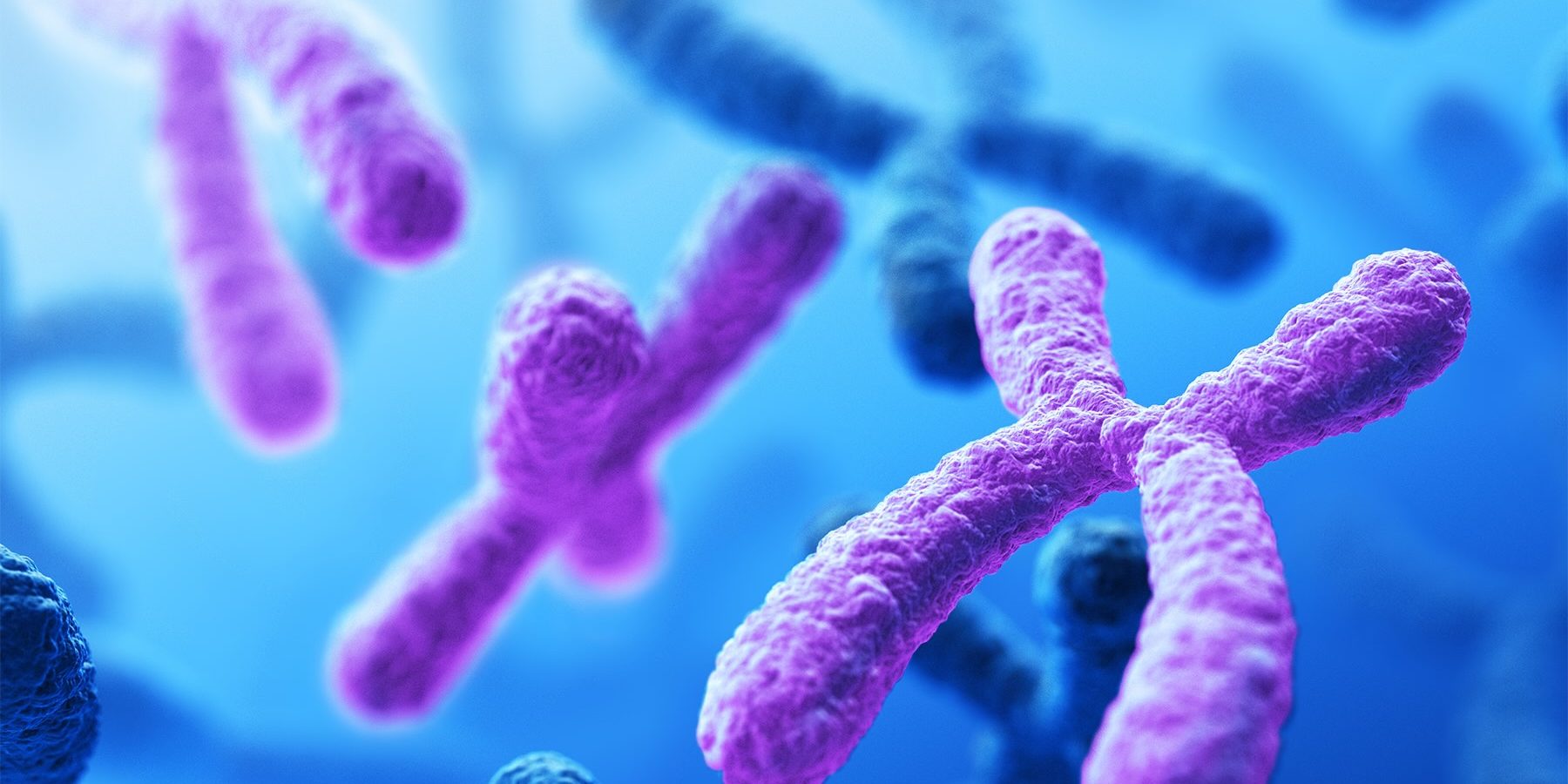Humanity, hacked: inside the Synthetic Human Genome Project
Human genome synthesis was once considered a pipe dream; the ethical considerations, cost, and lack of technology were substantial barriers. Now, following a £10 million initial investment from the world’s leading medical charity, the Wellcome Trust, a gateway has been opened to foster a new era of synthetic biology via the Synthetic Human Genome Project (SynHG). Following the completion of the Human Genome Project (HGP) in 2003 – a publicly funded 13-year-long effort, where the cellular DNA (i.e the genome) of humans was sequenced – SynHG aims to generate a wholly synthetic chromosome using this database.
The International Human Genome Sequencing Consortium first embarked on their mission for the HGP in 1990 to initially obtain information from yeast and E. coli DNA, hoping to usher a new era for the biomedical world. Based on these initial studies, a two-phase project using molecular techniques was launched to sequence the entire human genome, allowing researchers to read human DNA like a barcode.
HGP was purely concerned with identifying human genome data, the SynHG is hoping to design and build genomes
Genetic sequencing focuses on the order of the building blocks in DNA – the As, Gs, Cs and Ts. To decode this order and what it means, a specific type of sequencing technique known as ‘Sanger Sequencing’ was used. Following donation of DNA via blood samples from anonymous human donors, the first step – the ‘shotgun’ phase – was set in motion. The shotgun phase aimed to shorten human chromosomes into DNA segments to be further processed into subdivided, overlapping fragments, which were ultimately sequenced. This phase alone yielded 90% of the sequenced human genome. The second phase, called the finishing phase, resolved gaps in the sequences in areas that were not sequenced during the shotgun phase, enabling a detailed analysis of the whole genome.
The HGP brought many novel ideas to the biomedical world, including technological advancements, ethical debates and data-sharing etiquette. The sequence data was made publicly available shortly after production, and meetings regarding the rapid distribution of the sequence are credited as being a landmark of promoting openness and willingness to share experimental data post-production. Ethics debates were fostered; the consortium were aware of potential misuse of the genetic information regarding employment and insurance, as well as the risks and benefits of providing novel data into the scientific world.
“The sky is the limit. We are looking at therapies that will improve people’s lives as they age, that will lead to healthier aging with less disease as they get older”
Dr Julian Sale
Now, the SynHG is following in the footsteps of its predecessor. While the HGP was purely concerned with identifying human genome data, the SynHG is hoping to design and build genomes. This has major potential in drug discovery, functional genomics (identifying gene function) and biomanufacturing. Dr Julian Sale (MRC Laboratory of Molecular Biology in Cambridge), said the research was a major advance in biomedicine, in a statement to BBC News.
“The sky is the limit. We are looking at therapies that will improve people’s lives as they age, that will lead to healthier ageing with less disease as they get older.”
Indeed, scientists aim to create radical new therapies using the transplantation of cells. Using SynHG, there are possibilities that living cells could be edited to resist viruses or immune system attacks in patients with autoimmune disorders. For this to occur, researchers will attempt to make sections of a human chromosome and will begin testing them in human skin cells. Alongside the medical applications, there is potential for this technology to create engineered bacteria that can digest petrochemicals, which could clear up oil spills or break down plastic waste, but would need to be handled with great care.
“Such bugs getting into the environment could be catastrophic”, said Prof Iain Brassington, of the University of Manchester, who studies the ethics of genetic technology.
The idea of designer babies is a main point of ethical controversy surrounding SynHG. This technology is not about cloning people – the project aims to design cells and does not delve into the ethical minefield that is therapeutic cloning. However, via modification of embryos, researchers could theoretically use SynHG to ‘shape’ their children before birth, raising questions about the amount of freedom they should be allowed to have regarding their research.
Despite this, it will take some time for the project to be kickstarted; over the next five years this investment from Wellcome should allow for the creation of foundational genetic tools and technology needed to one day synthesise genomes. Therefore, rest assured that tomorrow will hopefully not see the arrival of genetically modified humans or designer babies.

Comments